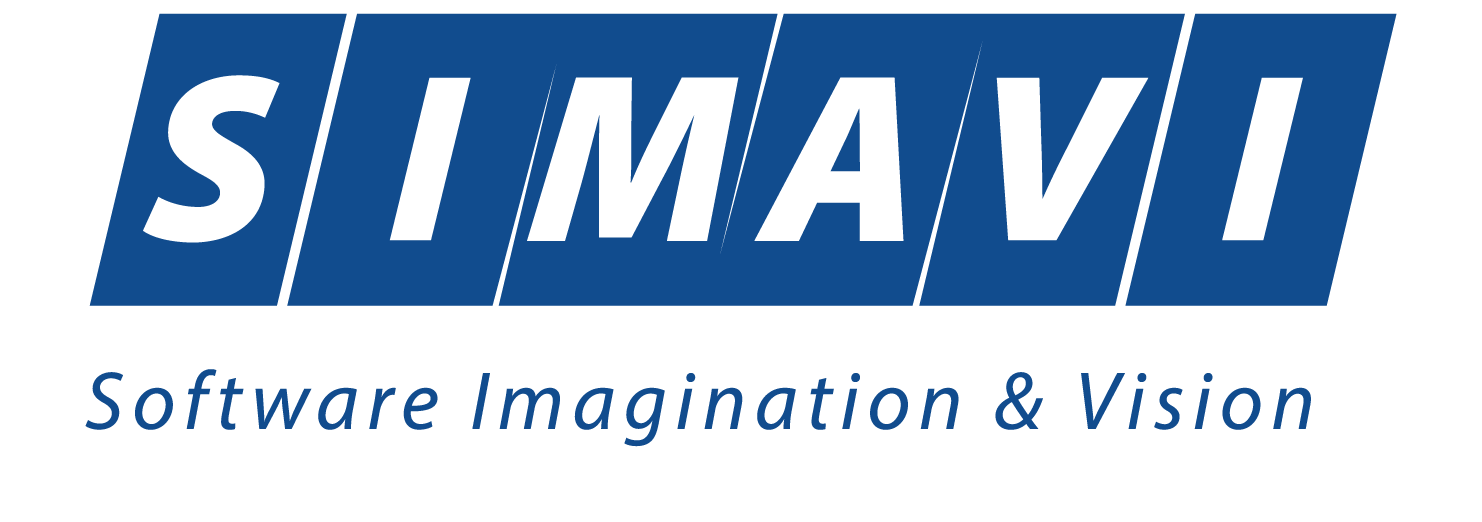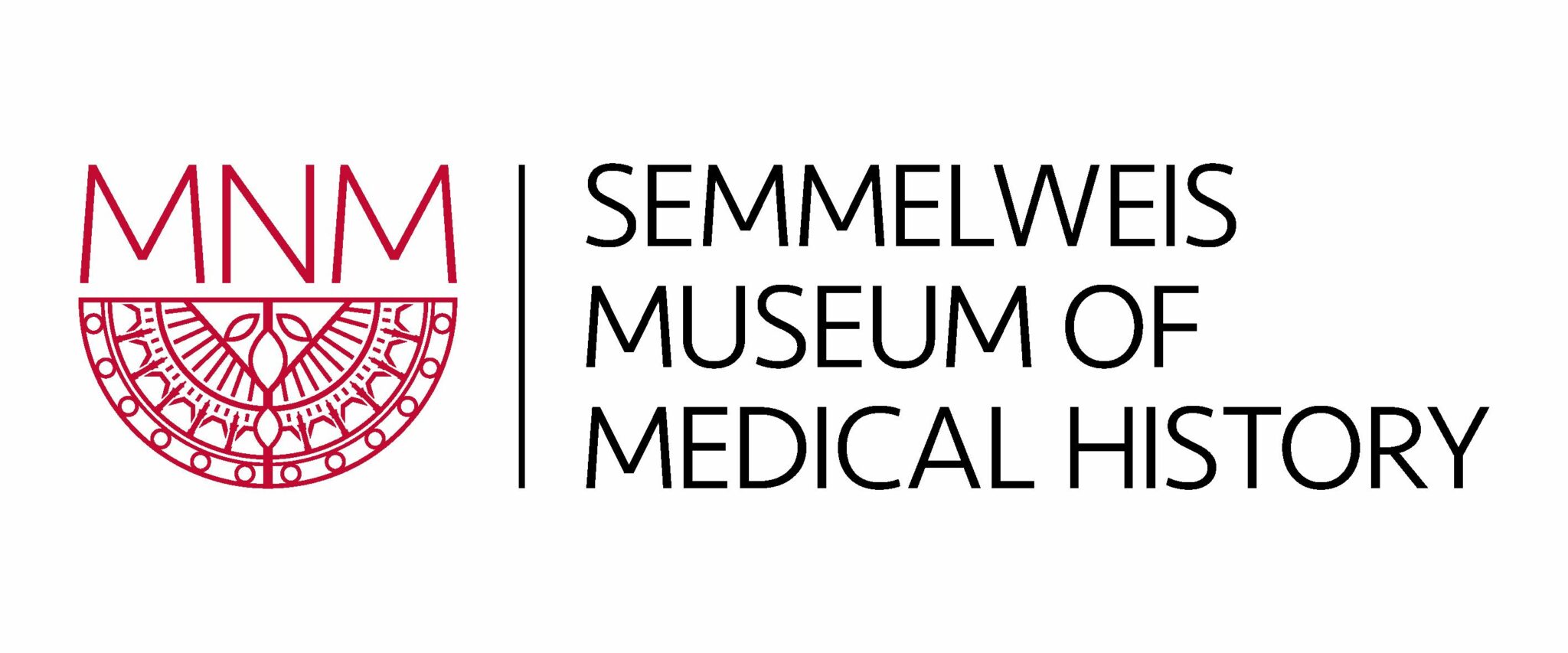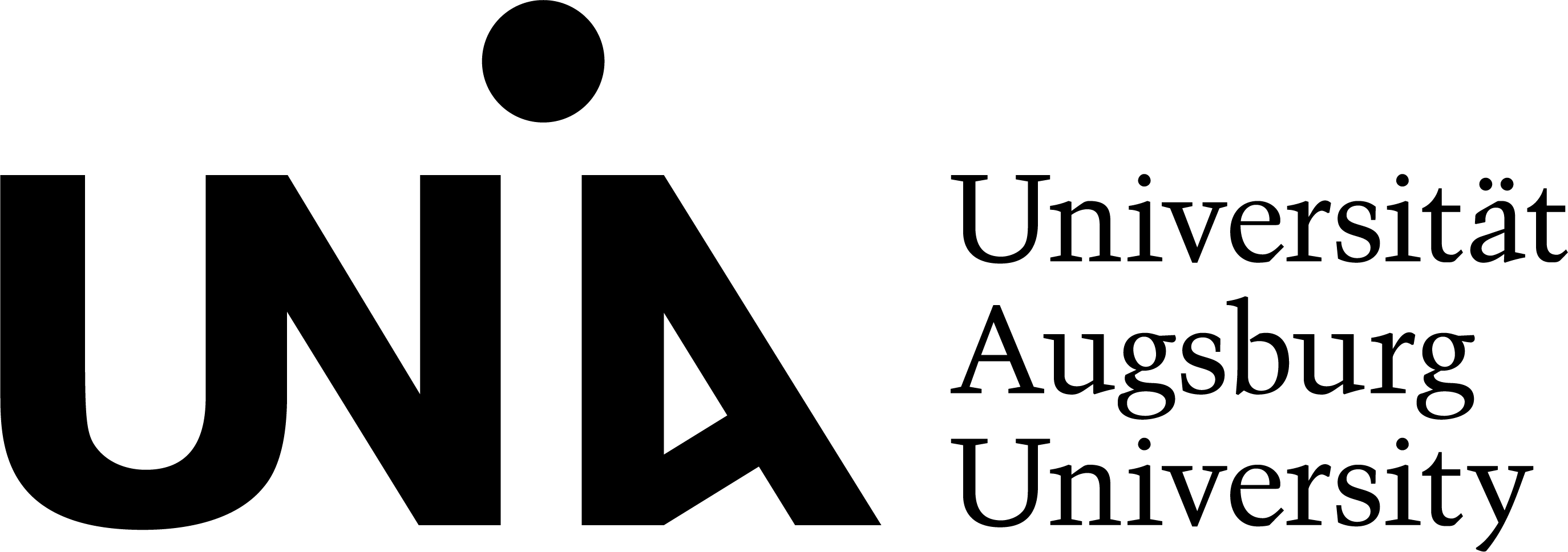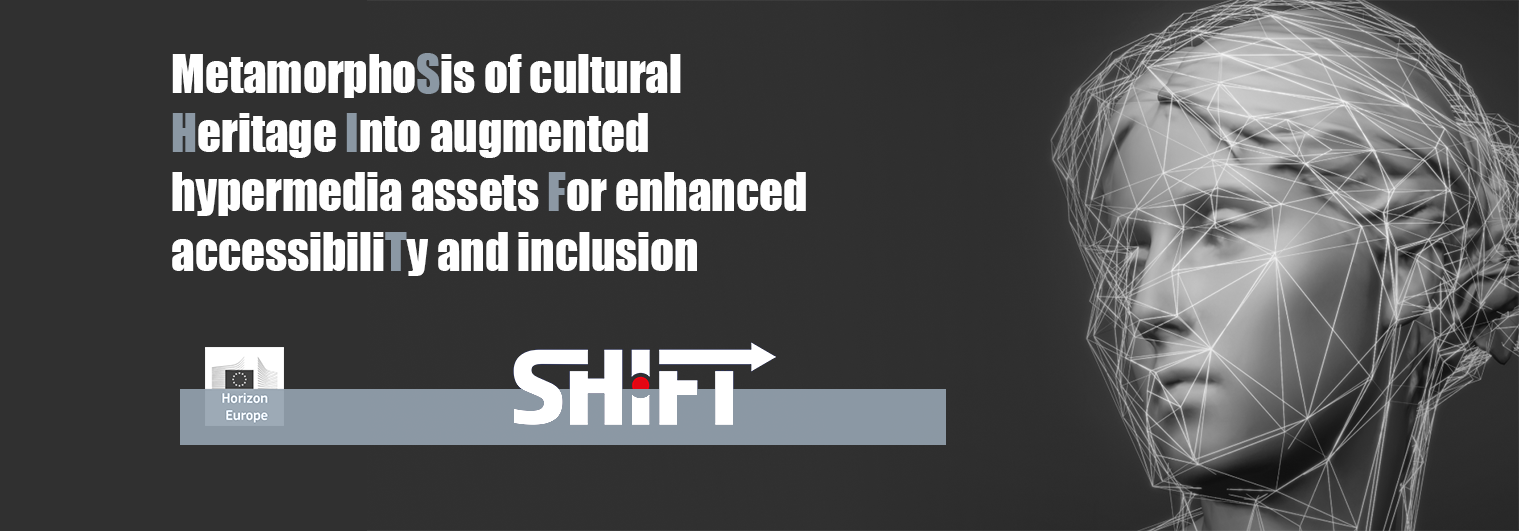Short Description
Main Objective
SHIFT is leveraging advances in Artificial Intelligence (AI) and Machine Learning (ML) to improve cultural heritage access for European citizens experiencing sensory impairment. It aims to enrich the experience of interacting with cultural assets through visual, auditory, and sensory modalities, e.g., using haptics. SHIFT is also developing tools and methodologies to enable contemporary description of cultural assets through language evolution models.
Outcomes
Results are thematically clustered into visual-auditory-haptics components:
–Visual toolkit: using AI and ML algorithms will enable automatic transcription of the cultural heritage content. The toolkit will identify objects and actions, which assist in transcribing the historical depictions at economies of scale.
–Auditory toolkit: the toolkit will deliver an emotional response to the audience by using advances in auditory synthesizers. Human-like correspondence will minimise barriers for effective interaction by people with sensory impairments.
–Haptics toolkit: this will enable multi-sensory interaction with digital objects, through a novel approach which delivers haptic feedback emulating the feeling of touch in a digital object.
–IPR toolkit: To address the challenge of protecting the digital native content, SHIFT will adopt international standards on copyrights and digital protection of derivative copyrights.
Partners













